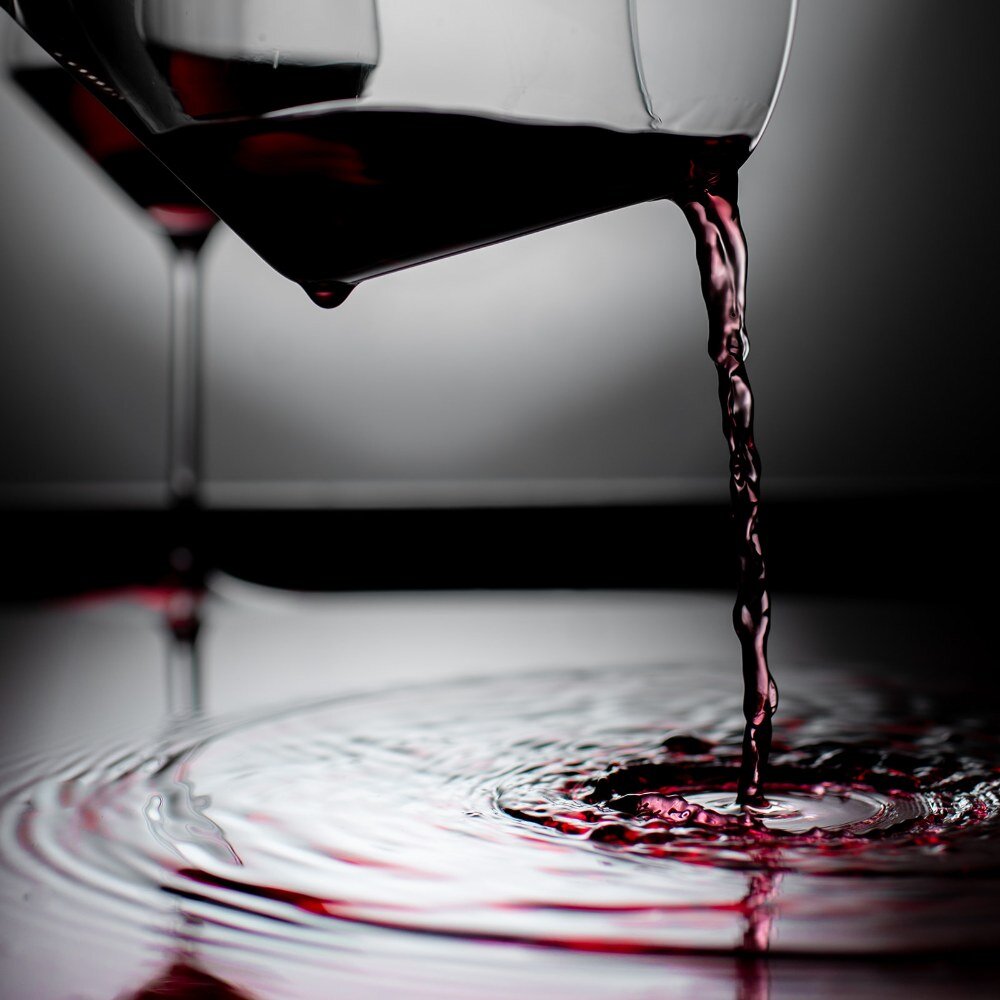The Big Lie
and the truth about pursuing wine mastery
There is an uncomfortable truth that the world of wine has learned to comfortably live with. It is uttered by winemakers in hushed voices in dark cellars. Marketing departments deny it. Sommeliers offer fake smiles as they pour examples of it. It is the 500lb gorilla in the room.
The lie: Big wines are hard to make.
Image Credit: Mad Fizzy Media
Wines whose dominant characteristics are richness, body, concentration, power, and such are easy to like. Easy to sell. And here is the tabloid revelation, easy to make. It cannot be denied that many palates, perhaps even most, think Big is delicious. Big wines are the cover band playing “Brown-eyed Girl” or pulling a quarter out of a four-year-old’s ear. Yes, they get responses that range from entertained to astonished, but can they be considered anything more than a gimmick or party trick?
There are more ways to make Big than can be counted. Many of the elements of making big wines are indistinguishable from neglect. Long hang times and extreme extraction could just as easily be the result of not paying attention as they are carefully calculated decisions. If that doesn’t do it, the winemaker can employ the various “tools” at their disposal: enzymes, tannins, polysaccharides, reverse osmosis, etc.
Simply put, Big isn’t much of a challenge for a winemaker. It doesn’t require a deft hand, technical proficiency, or exceptional talent to make Big.
This isn’t to say that the purpose of modern winemaking tools is to make big wines. Plenty of big wines are made without them. Alternatively, many wines that aren’t big are made with them. It isn’t that generosity or richness are bad things.
It’s that the relationship between these attributes and quality is not linear. Making a Big enough wine and no bigger is much more challenging than plowing ahead with a sky’s the limit attitude.
The greatest wines result from winemakers successfully rising to the ultimate winemaking challenge. That challenge? To make wines that pass the Goldilocks Test: everything is just right.
Elegance is an attribute often ascribed to wine.
The problem in doing so is defining elegance.
Are we talking about the elegance of a dress or decoration: dignified gracefulness or restrained beauty of style? Or are we talking about the elegance of a theory or equation: precision, neatness, and simplicity?
Image Credit: Mad Fizzy Media
The distinction is important. The second definition more closely matches the objective of the Goldilocks test. Here an elegant wine has everything needed to be complete and nothing more.
The first definition of elegance is often used as a description and, perhaps, an excuse for light wines. Are watery, picked-too-early, and barely extracted wines with no structure really elegant?
Such wines aren’t a reaction to Big; they are an overreaction. They aren’t old-world or Burgundian unless your point of comparison is wines from the lowest classification of vineyards in cold years with high yields and rain. They are typically lacking sufficient quantities of what is needed to be complete.
Again, these wines pose little challenge to the winemaker. An omission is no more a challenge than excess.
Some regions and varietals permit the application of the first definition of elegant. Pinot Noir from France’s Burgundy region, New Zealand’s Central Otago, or Oregon’s Willamette Valley are all capable of making wines of restrained beauty; the same could be said of Rieslings from Germany, Alsace, and again, Oregon’s Willamette Valley. However, the best examples embody the second definition and are crafted by winemakers skilled in the art of ‘enough’.
Conversely, some grapes and regions are constitutionally incapable of meeting the first definition of elegance. However, in the hands of skilled and attentive winemakers, elegant wines can be made by the careful avoidance of excesses. They successfully harness and restrain the inherent power of the raw materials.
That people like big wines could be an obvious criticism of this position. The point however isn’t to steer individual preference. Nor is it intended to discount the opinions of numerous, perhaps even most, critics who tend to favor Big wines.
What is on offer here is an explanation of why a producer might reject Big.
If Big is easy to make, sell, and like, there must be a compelling reason to pursue an alternative.
Perhaps some winemakers are on another path. For some, the repeated practice of skills isn’t enough. That skill must be tested and improved. Improvement demands a feedback loop that permits the assessment of results for refinement. As any artisan pushes a skill forward, the magnitude of the improvement becomes smaller and smaller. Highly skilled craft practitioners looking to increase performance are eventually doing them by such small degrees that they are nearly indiscernible.
Though they may please crowds and critics, merely Big wines often fail to please the people who make them. Lacking sensitivity, Big wine is a poor instrument to measure small improvements in skill. They provide no directions to the destination of Mastery.


